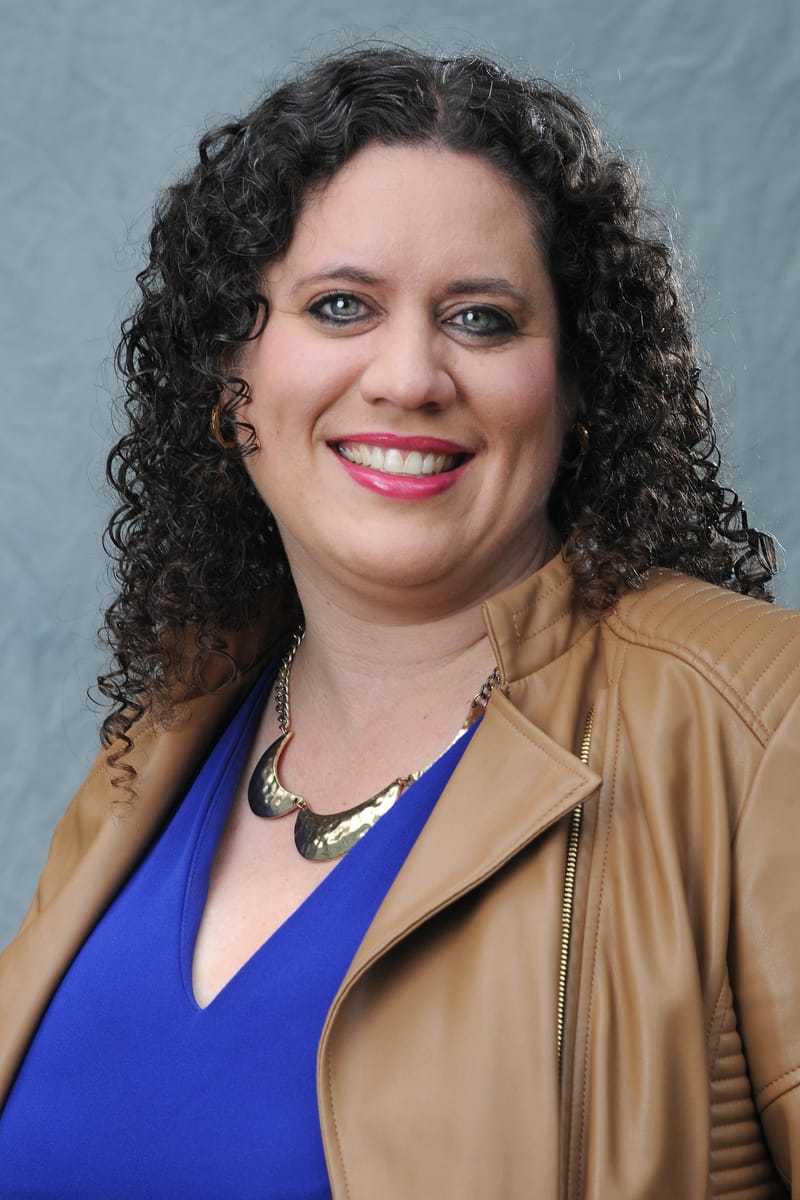Small colleges are closing at an alarming rate, leaving students stranded

The old model of higher education is broken, and students are paying the price. Photo by Getty Images via Unsplash
What you probably already know: The financial model for higher education is under enormous pressure thanks to a variety of factors, including a drop in the birth rate 18-20 years ago, and the perception that “a piece of paper” isn’t worth the ever-increasing cost of tuition (even when the evidence shows otherwise). More than 500 private, nonprofit institutions have closed in the last 10 years, which has affected approximately 1.25 million students. That’s triple the number of closures in the decade before — and it doesn’t include all the for-profit institutions that have also closed in that time.
Why? A new report in the Wall Street Journal this week took a look at the impact of these closures on the students themselves. Several of the students interviewed have bounced around from school to school after various institutions closed, making it even more difficult for them to graduate. Many of these schools have closed with little to no notice for students, which leaves them scrambling. It also leaves them with crushing debt. The average cost of tuition at a private nonprofit four-year school this year is $41,540, up 4% over last year. Public four-year schools are cheaper but still pricy: $29,150, an increase of 3% over last year.
What it means: Rural liberal arts institutions are most at risk of closures, particularly when they have fewer than 1,000 students. While those kinds of schools can be a draw for students who want the smaller class sizes and community, fewer students means less revenue for the school, forcing many of these institutions to rely more on their endowments and the sale of buildings to fund operations. Private nonprofit four-year institutions spend the largest amount of their tuition funds on delivering programs than any other kind of school, which puts them at higher risk when tuition starts to disappear — there’s just less to cut before they end up cutting core programs.
What happens now? Leaders are beginning to acknowledge the end of the golden age of higher education, which has been coming for a while now. While federal funds helped keep many colleges going through the pandemic, those funds are now gone and these institutions must evolve or close their doors. A KPMG report suggests that evolution means more online course offered on different timelines (not just two semesters a year, for example) that make them more accessible and affordable. Augmented and mixed reality offer some unique opportunities for educational institutions, and advances in AI can make personalized student learning easier to deliver.
Check out the Formidable Podcast — informational interviews with women leaders on news-driven topics, spotlighting timely and thought-provoking issues facing our world.
In our latest episode, we hear from Yin Ho, a biotechnology and health care executive who recently oversaw the merger of an AI company with a medical records business, opening up opportunities for AI to transform medicine. But she’s also skeptical of the technology, and shares her take on the limitations of the technology.
Listen on Spotify or Apple Podcasts.

